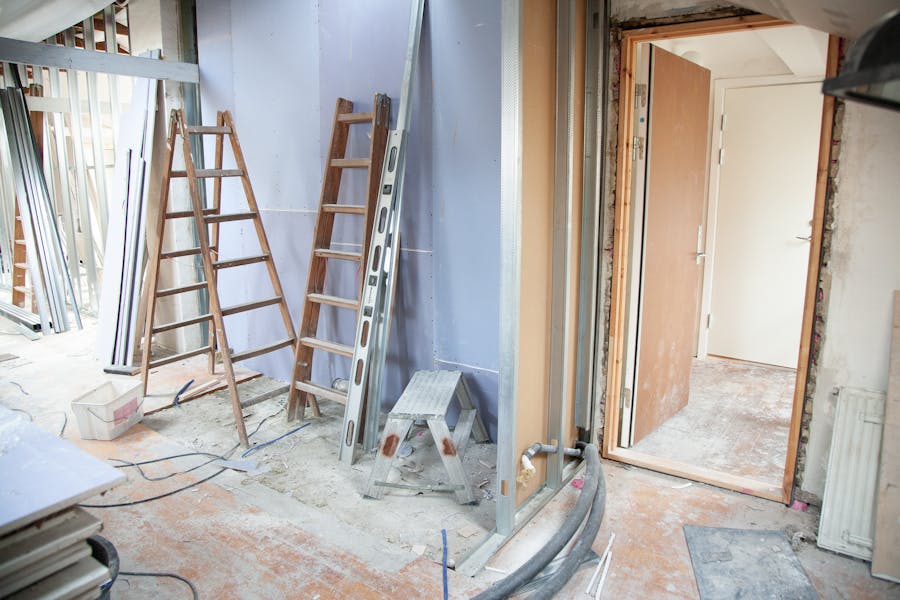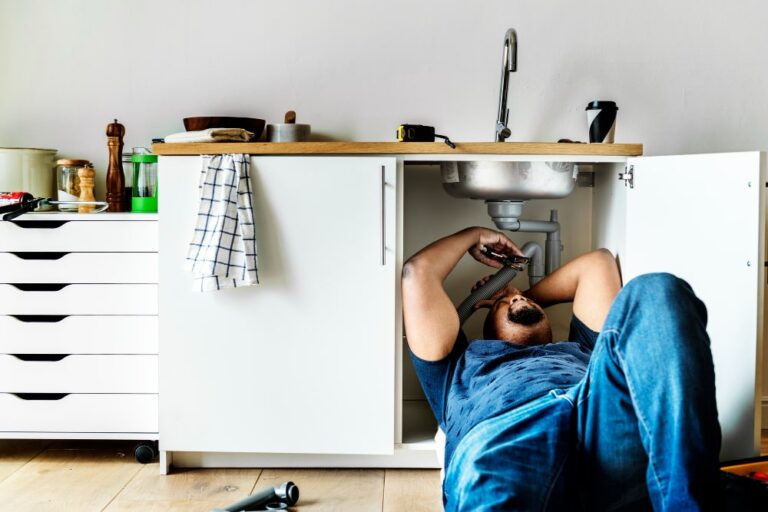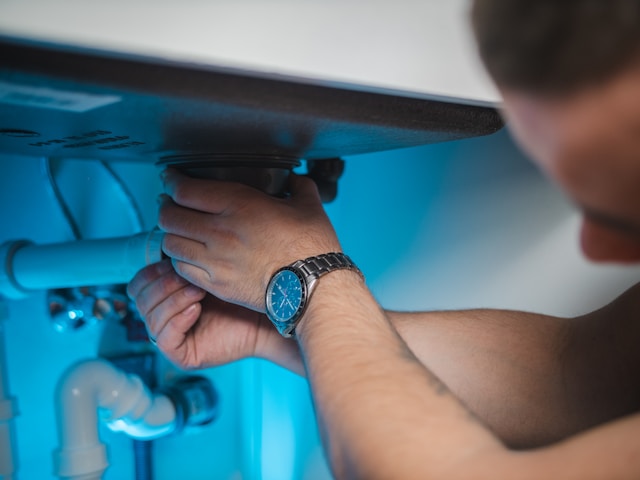Ever looked around your house and thought, “This place could really use some work,” only to immediately feel the weight of a thousand decisions pressing down on you? Between life, bills, and the fact that replacing cabinet hardware somehow costs as much as a small vacation, the idea of fixing things up can start to feel like a second job. In this blog, we will share how to start improving your home without getting buried by the process.
Start Small or You Won’t Start at All
One of the biggest traps people fall into with home improvement is thinking too big, too fast. They watch three episodes of a renovation show and suddenly believe they’re supposed to redo the kitchen, re-tile the bathroom, upgrade the lighting, repaint all the bedrooms, and finally “just fix that weird corner in the garage.” All at once. With one weekend, no real plan, and maybe a half-used can of primer in the basement.
The truth is, big changes don’t usually start with big projects. They start with minor upgrades that stack over time. Not every win needs to be photogenic. Improving energy efficiency, updating old fixtures, or fixing things that have quietly bugged you for years all count as progress. And some of the most valuable improvements aren’t even visible unless you’re looking closely.
For example, improved water heater efficiency doesn’t exactly draw compliments from guests, but it makes a noticeable difference in your utility bill and daily comfort. Newer models heat faster, waste less energy, and maintain more consistent temperatures. It’s the kind of update you don’t think about until the shower suddenly doesn’t turn cold halfway through shampooing your hair. Starting with a mechanical upgrade like that sets a smart foundation before you touch anything cosmetic.
Once your home starts running better, decisions about style feel less stressful. It’s easier to pick paint colors when you’re not also wondering if the heater is going to quit in February. Efficiency isn’t glamorous, but it buys you stability—and stability keeps projects from turning into panic purchases.
Triage What Actually Matters
Not every project deserves your time right now. Some upgrades are purely about style, and some are about keeping your home from turning into a money pit. The key is figuring out which is which. Start by walking through your home and writing down everything that feels broken, outdated, or annoying. Then go back through and ask one question for each item: Does this affect how I live here every day?
That question will cut through a lot of noise. A cabinet color you hate doesn’t affect your daily function. A faucet that won’t stop dripping does. A scuffed floor might be an eyesore, but if the floor feels soft or uneven, it’s more than a cosmetic issue.
Fix the things that make your home harder to use. That includes doors that stick, outlets that spark, or storage you can’t actually reach. There’s a growing trend right now toward “functional minimalism”—not about throwing things away, but about designing spaces that work. That’s not just a style. It’s a coping strategy. People are burned out. They want spaces that make life easier, not more stressful.
And part of that is accepting that you can’t do everything at once. Trying to solve every problem at the same time creates a pile of half-finished projects and a deep sense of regret. You don’t want to wake up every morning to three rooms with open paint cans, a torn-up floor, and a box of lighting you haven’t installed. Finish one thing before you start another.
Don’t Let Design Trends Push You Around
The design world moves fast, but your bank account and stress levels don’t. What’s trending today—natural woods, green cabinetry, gold fixtures—may be tomorrow’s beige walls and granite counters. That doesn’t mean you ignore aesthetics. It just means you treat trends like seasoning, not the main course.
Your home isn’t a showroom. It’s where you eat, sleep, argue over thermostat settings, and occasionally drop a plate of food you pretended was balanced just fine. So build spaces that hold up to that life. Choose materials you don’t have to baby. Pick colors that don’t start to annoy you in six months. Pay attention to how your family actually uses the space, not just what looks good under showroom lights.
When you do decide to upgrade something visible—walls, fixtures, furniture—ask yourself if you’re doing it for your comfort or for social approval. Social media has created this quiet pressure to have a house that always looks camera-ready. But most people’s homes don’t look like that. And the ones that do often aren’t built for living. They’re built for posting.
Choose improvement projects that reflect how you actually live. That’s the only design trend worth following.
Let the House Tell You What It Needs
Sometimes your house is already telling you where to start. The smell you’ve been ignoring in the laundry room. The spot on the ceiling you keep pretending is just a shadow. The faucet that hisses when it should be quiet. Most problems don’t arrive suddenly. They build slowly, sending small signals you’ve trained yourself to ignore.
Home improvement doesn’t have to be about reinventing your space. It can just be about finally listening to it. Fix the thing you’ve been stepping around. Repair the damage that no longer blends in. Improve the stuff that supports your daily routine, not just your visual preferences.
A home that functions well feels better than a home that looks good and breaks constantly. So start there. One project at a time. One decision at a time. Not because everything has to be perfect, but because everything feels better when it works.
Your home doesn’t need to be finished. It just needs to work for the life you’re living right now. And maybe a little better tomorrow.







